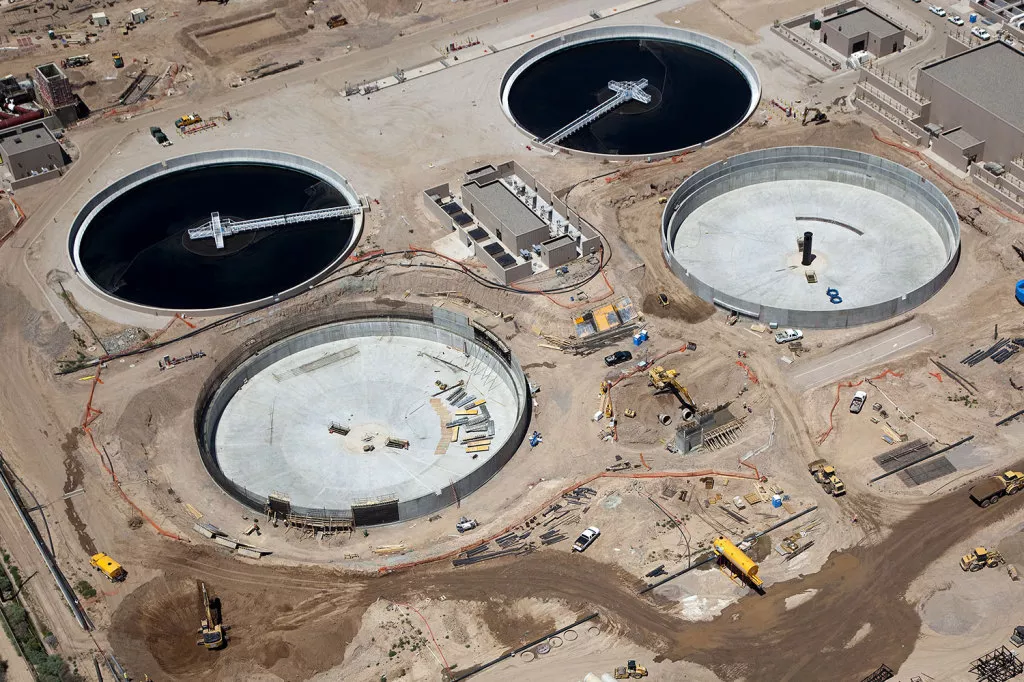Desalting of crude oil is a critical process in the petroleum industry. It removes salts and other impurities from crude oil before it undergoes refining. This process is essential for improving the quality of crude oil, protecting refinery equipment, and ensuring the efficient production of petroleum products. This article will provide an in-depth overview of desalting, its importance, the methods used, and the implications for the oil industry.
Understanding Desalting in Crude Oil Processing
What is Desalting?
Desalting is the process of removing salts, water, and other impurities from crude oil. Raw crude oil often contains dissolved salts, primarily sodium chloride (NaCl), along with other minerals and compounds. These impurities can lead to corrosion, catalyst poisoning, and operational problems in the refining process.
Why is Desalting Necessary?
Desalting is essential for several reasons:
Protection of Equipment: Salts and impurities can cause corrosion and scaling in refining equipment, leading to costly repairs and downtime.
Improving Product Quality: High salt content can adversely affect the quality of refined products, such as gasoline and diesel.
Efficiency in Refining: Removing impurities enhances the efficiency of the refining process, leading to better yield and lower operating costs.
Environmental Compliance: Refined products must meet stringent environmental regulations. Desalting helps ensure that these products are compliant.
The Composition of Crude Oil
To understand the desalting process, it’s crucial to know the composition of crude oil. Crude oil is a complex mixture of hydrocarbons and other organic compounds. Its composition varies based on the source, but it generally contains:
Hydrocarbons: Organic compounds made up of hydrogen and carbon atoms. These are the primary components of crude oil.
Sulfur Compounds: Sulfur content can vary widely and affects the oil’s quality and refining process.
Metals: Trace metals such as nickel, vanadium, and iron can be present, contributing to catalyst poisoning.
Salts and Minerals: Primarily sodium chloride, along with calcium, magnesium, and potassium salts.
The Desalting Process
Overview of Desalting Methods
There are several methods for desalting crude oil, but two primary techniques are widely used: electrostatic desalting and chemical desalting.
Electrostatic Desalting
Electrostatic desalting is the most common method for removing salts from crude oil. This process uses electricity to separate water and salts from oil.
How It Works
Mixing: Crude oil is mixed with water in a desalting unit. The water helps dissolve the salts.
Settling: The mixture is allowed to settle, causing the water and impurities to separate from the oil.
Electrostatic Field Application: An electric field is applied to the mixture. The electric field causes the water droplets containing dissolved salts to coalesce and grow larger.
Separation: The larger water droplets settle to the bottom, where they can be drained off, leaving behind cleaner crude oil.
Recycling Water: The separated water can be treated and recycled back into the desalting process.
Advantages of Electrostatic Desalting
Effectiveness: It is highly effective in removing salts and water from crude oil.
Low Operating Costs: The process is energy-efficient, resulting in lower operational costs.
Environmental Benefits: Reduces the risk of contamination and environmental damage.
Chemical Desalting
Chemical desalting involves the use of chemicals to aid in the removal of salts from crude oil.
How It Works
Chemical Additives: Chemicals, such as demulsifiers and acids, are added to the crude oil. These chemicals help break the emulsions that may trap water and salts in the oil.
Mixing: The crude oil is mixed with water and chemical additives.
Settling: Similar to electrostatic desalting, the mixture is allowed to settle. The chemicals facilitate the separation of water and salts from the oil.
Separation: The water and impurities can be drained off, leaving behind cleaner crude oil.
Advantages of Chemical Desalting
Flexibility: Chemical desalting can be adjusted based on the specific composition of the crude oil.
Effective for Emulsified Oils: It is particularly useful for crude oils that are highly emulsified.
Factors Affecting Desalting Efficiency
Crude Oil Characteristics
The composition of the crude oil plays a significant role in the efficiency of the desalting process. High salt content, water saturation, and the presence of emulsions can impact the desalting effectiveness.
Temperature
Higher temperatures can improve the desalting process by reducing the viscosity of the crude oil and promoting the separation of water and salts.
Water-to-Oil Ratio
The amount of water used in the desalting process is critical. An optimal water-to-oil ratio ensures effective salt removal while minimizing water contamination in the final product.
Residence Time
The duration for which the crude oil and water are mixed affects the settling process. Adequate residence time is necessary for effective separation of impurities.
See Also:
Implications of Desalting for the Oil Industry
Economic Benefits
Desalting crude oil has several economic benefits for oil companies:
Reduced Downtime: By preventing corrosion and damage to equipment, desalting minimizes downtime and maintenance costs.
Higher Yield: Cleaner crude oil leads to higher yields of refined products, improving profitability.
Compliance Costs: Desalting helps companies meet regulatory standards, reducing the risk of fines and compliance costs.
Environmental Considerations
Desalting also has environmental implications. The process helps ensure that refined products meet stringent environmental standards, reducing pollution and environmental impact.
Global Oil Supply Chain
As countries strive for energy independence and sustainability, desalting plays a crucial role in maintaining the efficiency of the global oil supply chain. Clean, high-quality crude oil is essential for meeting domestic energy needs and supporting international trade.
Future of Desalting in the Oil Industry
Technological Advancements
The future of desalting may see the integration of advanced technologies. Innovations such as membrane filtration, nanotechnology, and improved chemical additives may enhance the efficiency and effectiveness of desalting processes.
Sustainability Efforts
As the world shifts towards more sustainable practices, the oil industry will need to adopt environmentally friendly desalting methods. This may involve the use of biodegradable chemicals and processes that minimize water usage and waste.
Regulatory Landscape
The evolving regulatory landscape will likely influence desalting practices. Stricter environmental regulations may drive oil companies to invest in more effective desalting technologies and practices to comply with new standards.
Conclusion
Desalting of crude oil is a vital process in the petroleum industry. It plays a crucial role in improving crude oil quality, protecting refinery equipment, and ensuring compliance with environmental regulations. Understanding the desalting process, methods, and implications for the oil industry is essential for stakeholders involved in crude oil production and refining.
As technological advancements continue and the global demand for cleaner energy rises, desalting practices will evolve. By prioritizing effective and sustainable desalting methods, the oil industry can enhance its efficiency, protect the environment, and ensure a stable energy supply for the future.
Related topics:
































